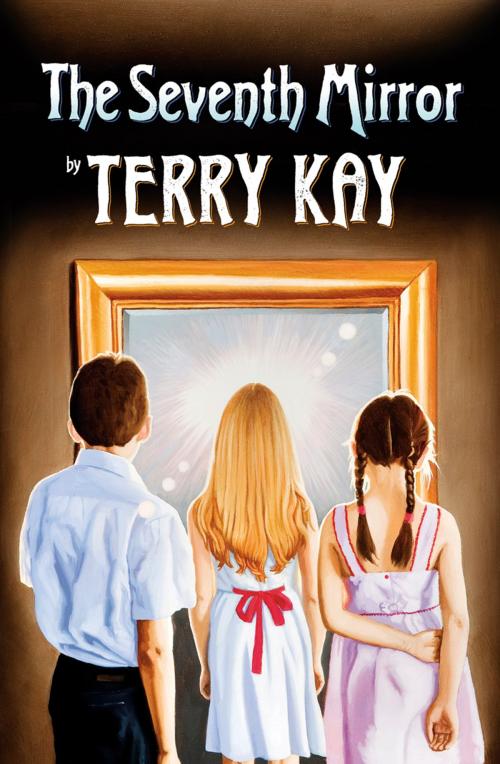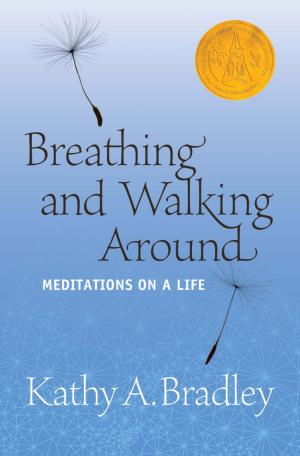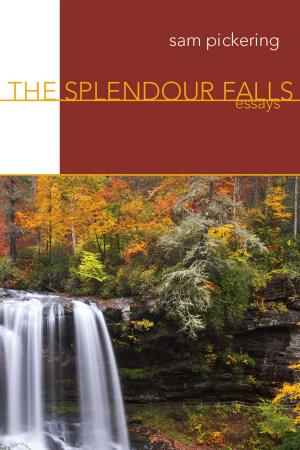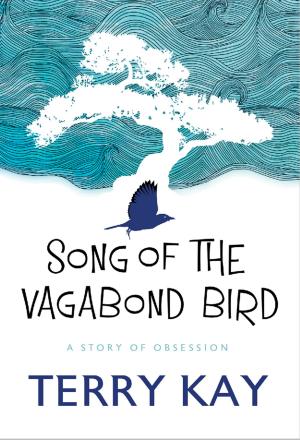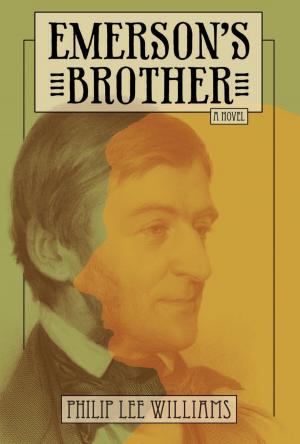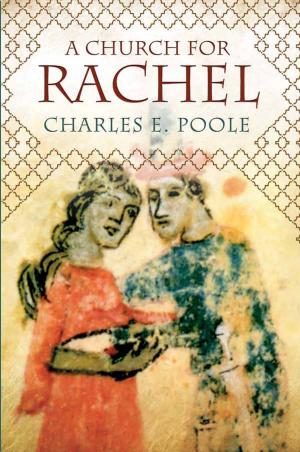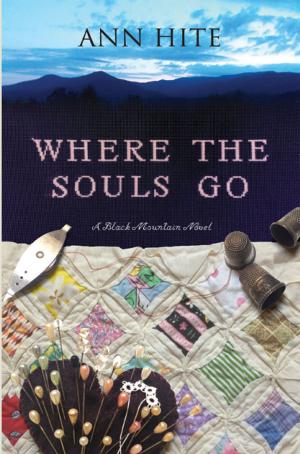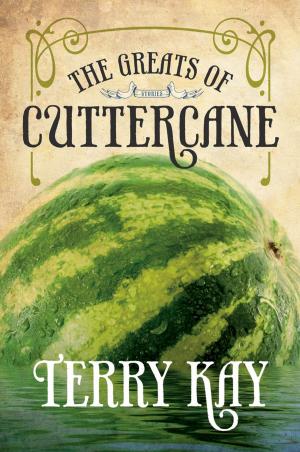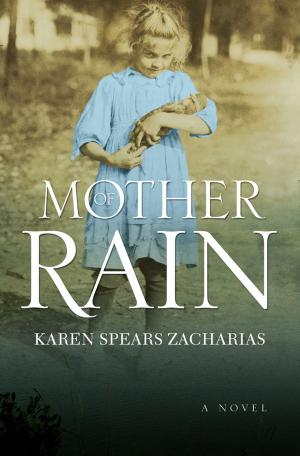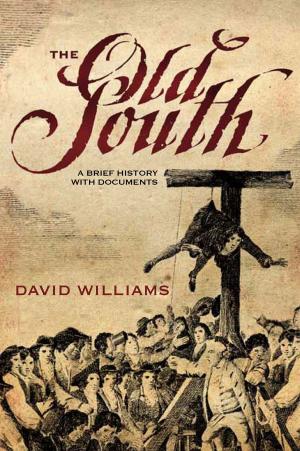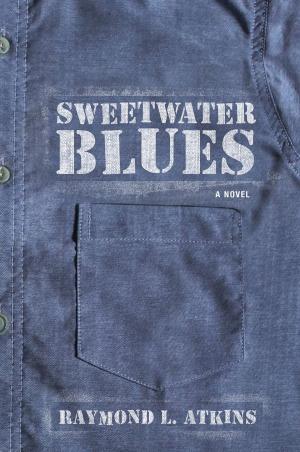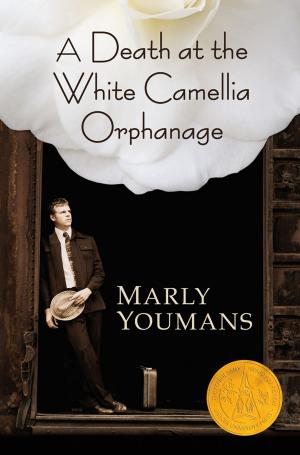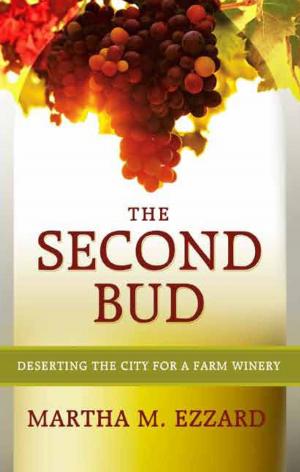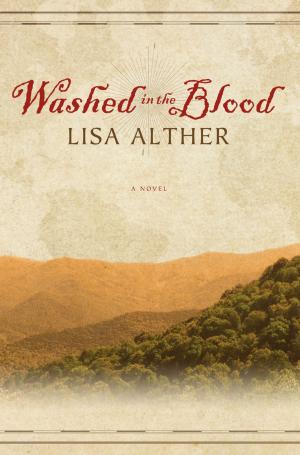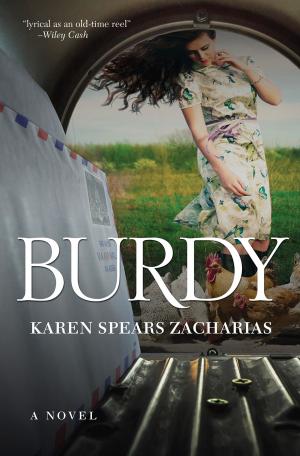| Author: | Terry Kay | ISBN: | 9780881464566 |
| Publisher: | Mercer University Press | Publication: | September 16, 2013 |
| Imprint: | Language: | English |
| Author: | Terry Kay |
| ISBN: | 9780881464566 |
| Publisher: | Mercer University Press |
| Publication: | September 16, 2013 |
| Imprint: | |
| Language: | English |
Like his father and grandfather before him, Fergus Greybar the Fourth travels the countryside in a wagon of carnival mirrors, pulled by two magnificent white horses named Look and See. As the Mirror Man, he is welcomed everywhere by children who find delight in seeing themselves take on strange and funny shapes when looking into the six mirrors that line the inside of his wagon. But there is another mirror, one of great magic—the Seventh Mirror. In it, children see themselves not as they are, but as they wish to be. It is the magic of the Seventh Mirror that the Mirror Man uses to return a young runaway girl named Sarah to her village of Whistletown. Several town characters play a major role in Sarah’s revealing discovery of the meaning of home. But Sarah is not the only person to find herself in the hidden magic of the Seventh Mirror. So does the Mirror Man.
Like his father and grandfather before him, Fergus Greybar the Fourth travels the countryside in a wagon of carnival mirrors, pulled by two magnificent white horses named Look and See. As the Mirror Man, he is welcomed everywhere by children who find delight in seeing themselves take on strange and funny shapes when looking into the six mirrors that line the inside of his wagon. But there is another mirror, one of great magic—the Seventh Mirror. In it, children see themselves not as they are, but as they wish to be. It is the magic of the Seventh Mirror that the Mirror Man uses to return a young runaway girl named Sarah to her village of Whistletown. Several town characters play a major role in Sarah’s revealing discovery of the meaning of home. But Sarah is not the only person to find herself in the hidden magic of the Seventh Mirror. So does the Mirror Man.
